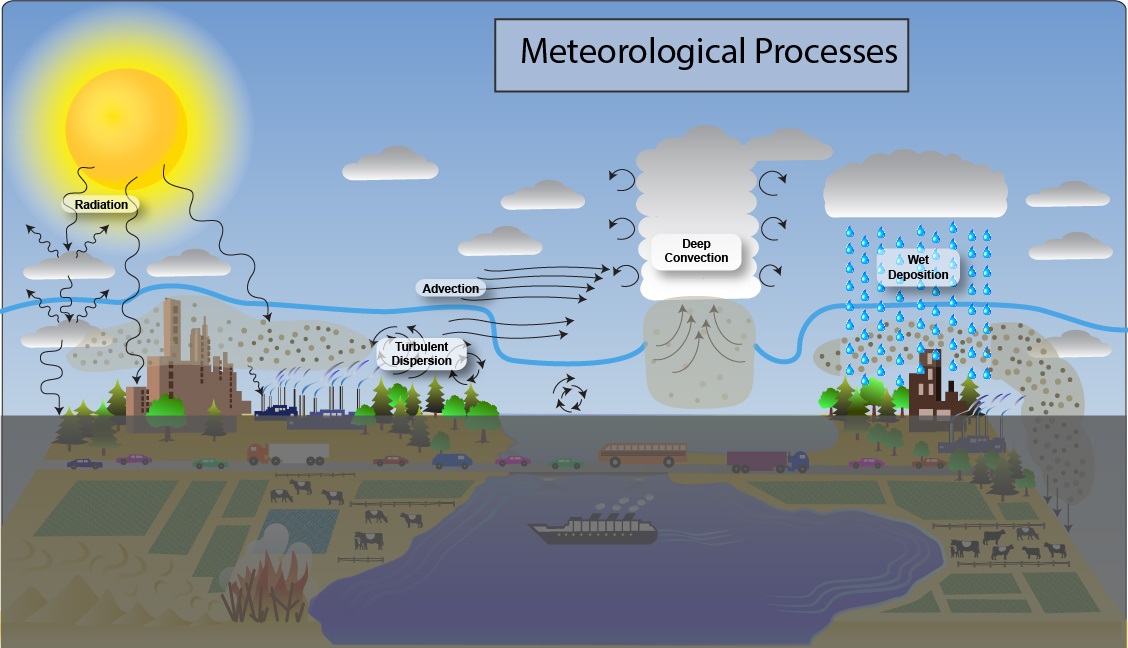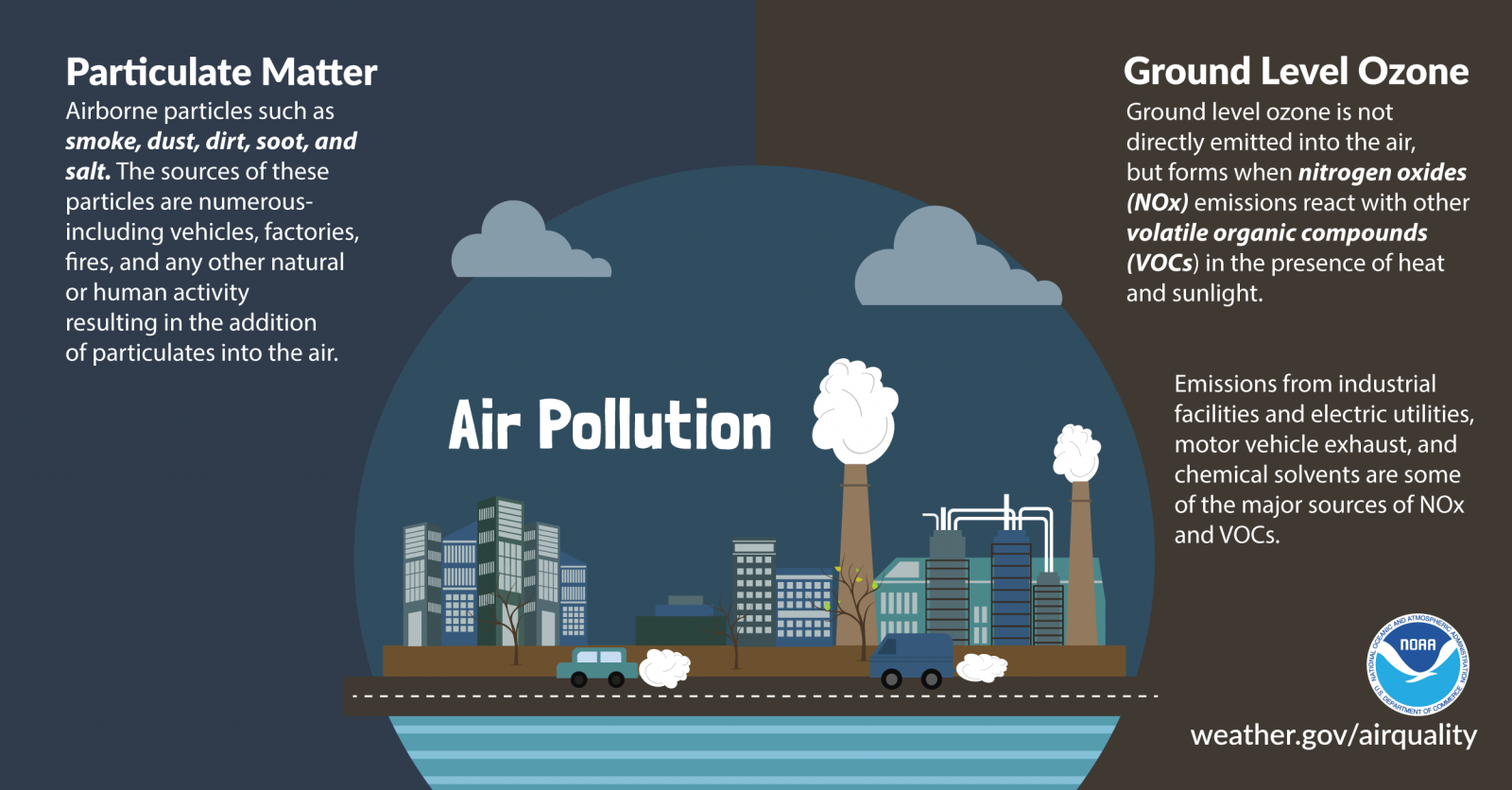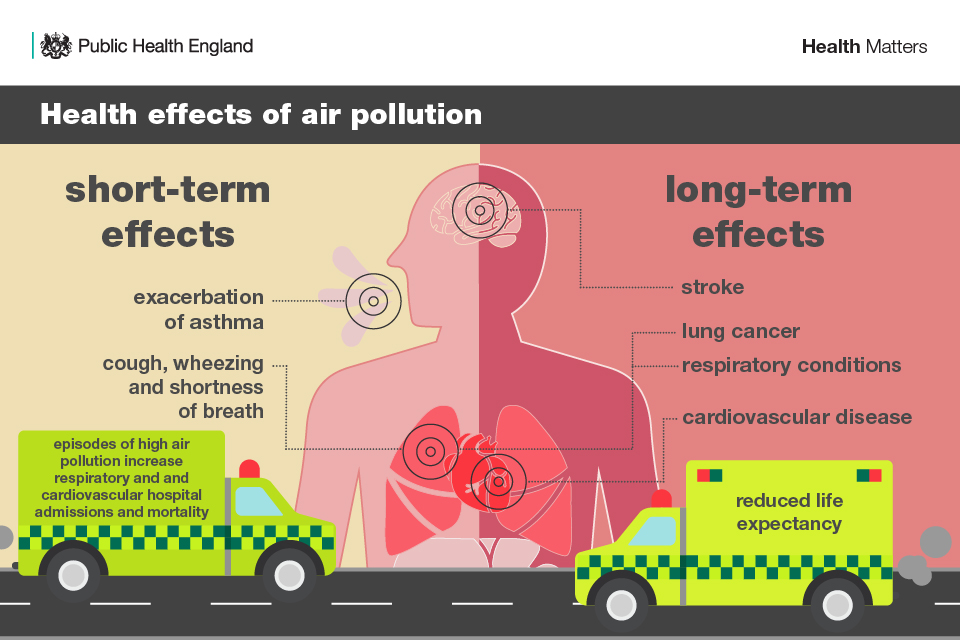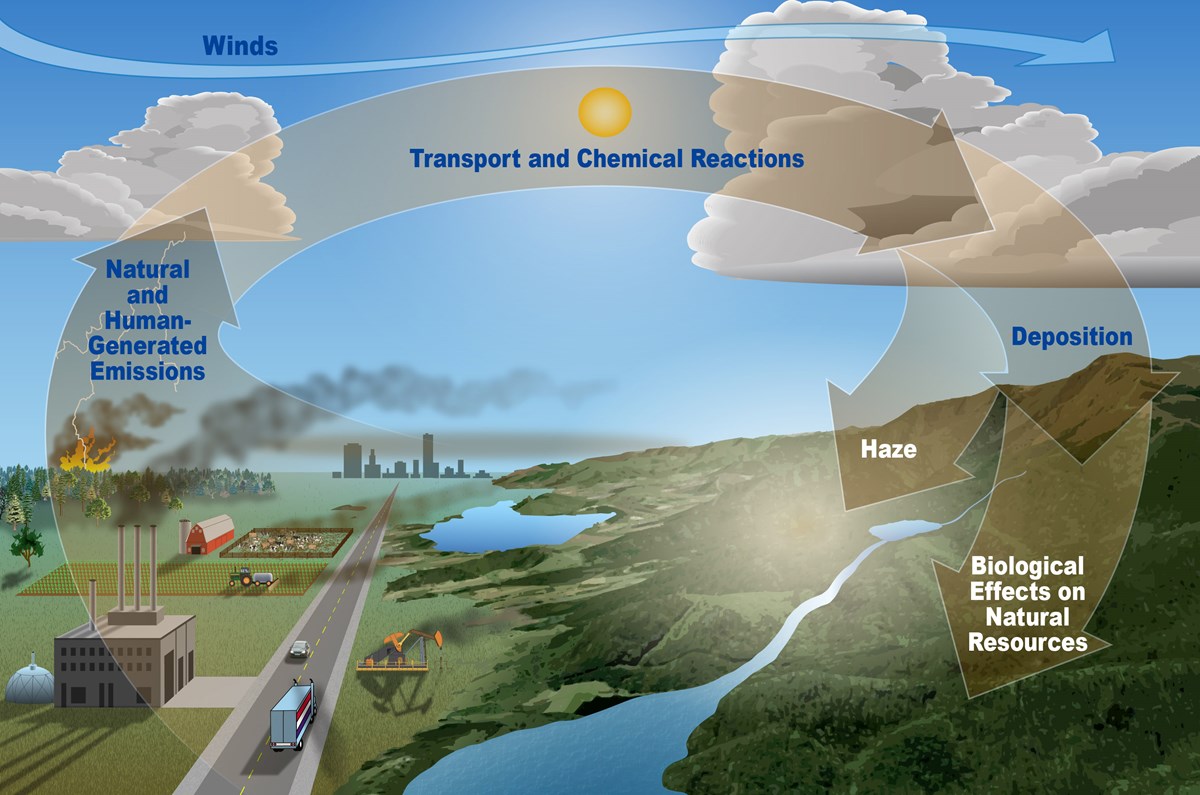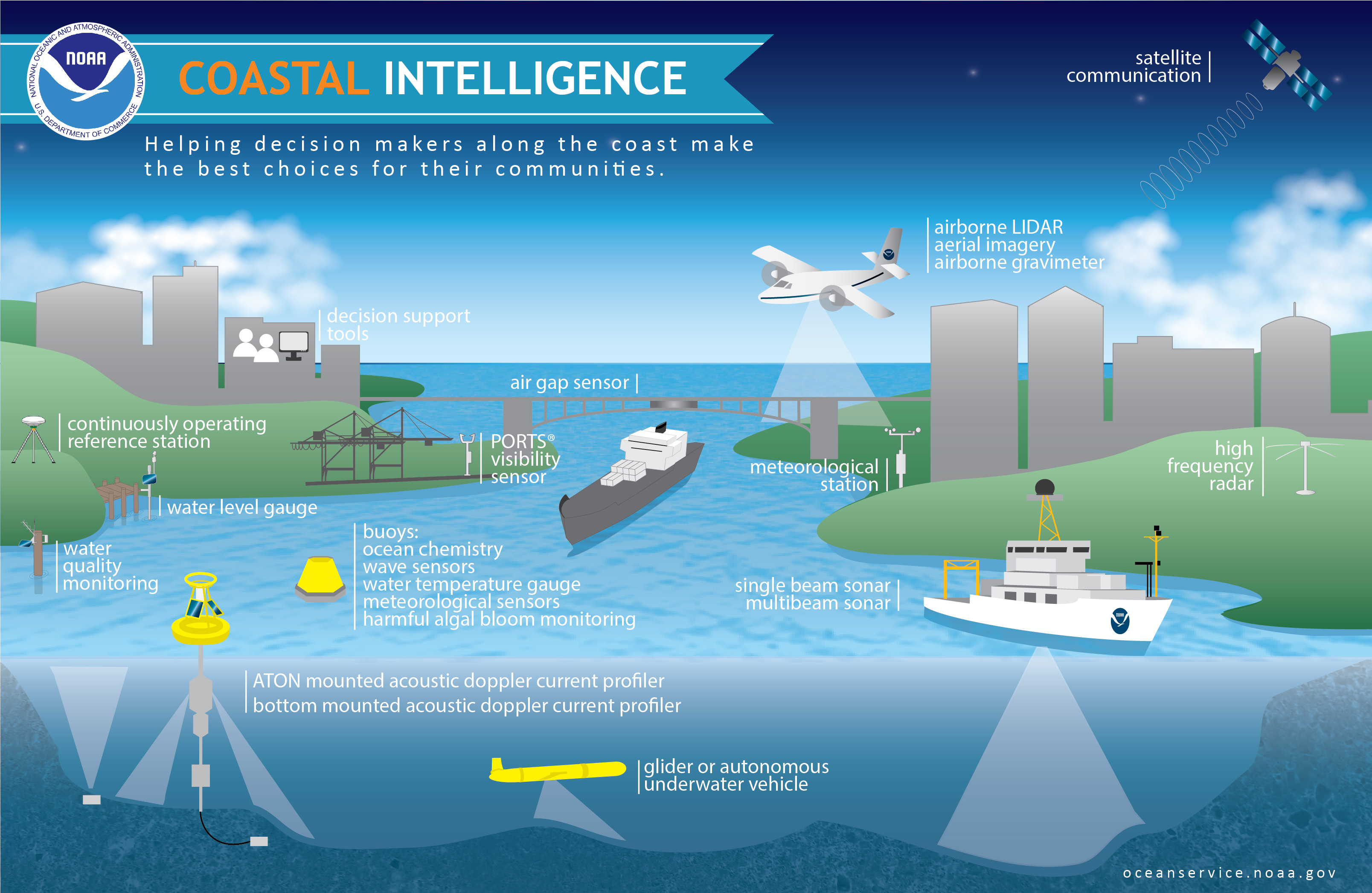Meteorology And Air Pollution Presentation
| Introduction to Meteorology and Air Pollution | ||
|---|---|---|
| Meteorology is the study of the Earth's atmosphere and the processes that influence weather and climate. Air pollution refers to the presence of harmful substances in the air, resulting in adverse effects on human health and the environment. The field of meteorology plays a crucial role in understanding and predicting air pollution patterns. | ||
| 1 | ||
| Factors Influencing Air Pollution | ||
|---|---|---|
| Emissions from industrial processes, vehicles, and power plants contribute to air pollution. Meteorological factors such as wind speed, direction, and stability affect the dispersion and transport of pollutants. Temperature inversions can trap pollutants close to the surface, leading to increased air pollution levels. | ||
| 2 | ||
| Types of Air Pollutants | ||
|---|---|---|
| Primary pollutants, such as sulfur dioxide (SO2) and nitrogen oxides (NOx), are released directly into the atmosphere. Secondary pollutants, like ozone (O3) and particulate matter (PM), are formed through chemical reactions involving primary pollutants. Volatile organic compounds (VOCs), emitted by various sources, also contribute to air pollution. | ||
| 3 | ||
| Health Effects of Air Pollution | ||
|---|---|---|
| Short-term exposure to high levels of air pollution can cause respiratory problems, such as asthma and bronchitis. Long-term exposure to air pollution has been linked to cardiovascular diseases, lung cancer, and premature death. Vulnerable populations, including children, the elderly, and individuals with pre-existing health conditions, are particularly at risk. | ||
| 4 | ||
| Air Quality Index (AQI) | ||
|---|---|---|
| The AQI is a measure used to provide information about the air quality in a specific area. It considers various pollutants, including ground-level ozone, particulate matter, carbon monoxide, sulfur dioxide, and nitrogen dioxide. The AQI scale ranges from 0 to 500, with higher values indicating poorer air quality and increased health risks. | ||
| 5 | ||
| Meteorological Factors Affecting Air Pollution | ||
|---|---|---|
| Wind speed and direction determine the transport and dispersion of pollutants. Atmospheric stability influences the vertical mixing of pollutants, determining their concentration near the surface. Precipitation can cleanse the atmosphere by removing pollutants through wet deposition. | ||
| 6 | ||
| Air Pollution Episodes | ||
|---|---|---|
| Temperature inversions, stagnant air masses, and unfavorable meteorological conditions can lead to severe air pollution episodes. Examples include the Great Smog of London in 1952 and the Beijing smog in 2013. During these episodes, high levels of pollutants can cause visibility issues, health problems, and environmental damage. | ||
| 7 | ||
| Monitoring and Modeling Air Pollution | ||
|---|---|---|
| Meteorological data, such as wind patterns and temperature profiles, are crucial for monitoring and predicting air pollution levels. Air quality monitoring networks measure pollutant concentrations at various locations. Numerical models simulate the atmospheric processes and aid in predicting air pollution patterns. | ||
| 8 | ||
| Mitigation Strategies | ||
|---|---|---|
| Implementing stricter emission controls and regulations can help reduce air pollution. Promoting the use of renewable energy sources and improving energy efficiency can lower pollutant emissions. Urban planning and transportation strategies, such as promoting public transportation and reducing vehicle emissions, can also contribute to improved air quality. | ||
| 9 | ||
| Conclusion | ||
|---|---|---|
| Meteorology plays a vital role in understanding and predicting air pollution patterns. By considering meteorological factors, we can develop effective strategies to mitigate air pollution and protect human health. Collaboration between meteorologists, environmental scientists, policymakers, and the public is crucial in addressing air pollution challenges. | ||
| 10 | ||
| References (download PPTX file for details) | ||
|---|---|---|
| American Lung Association. (2021). Air Pollut... National Oceanic and Atmospheric Administrati... United States Environmental Protection Agency... |  | |
| 11 | ||
